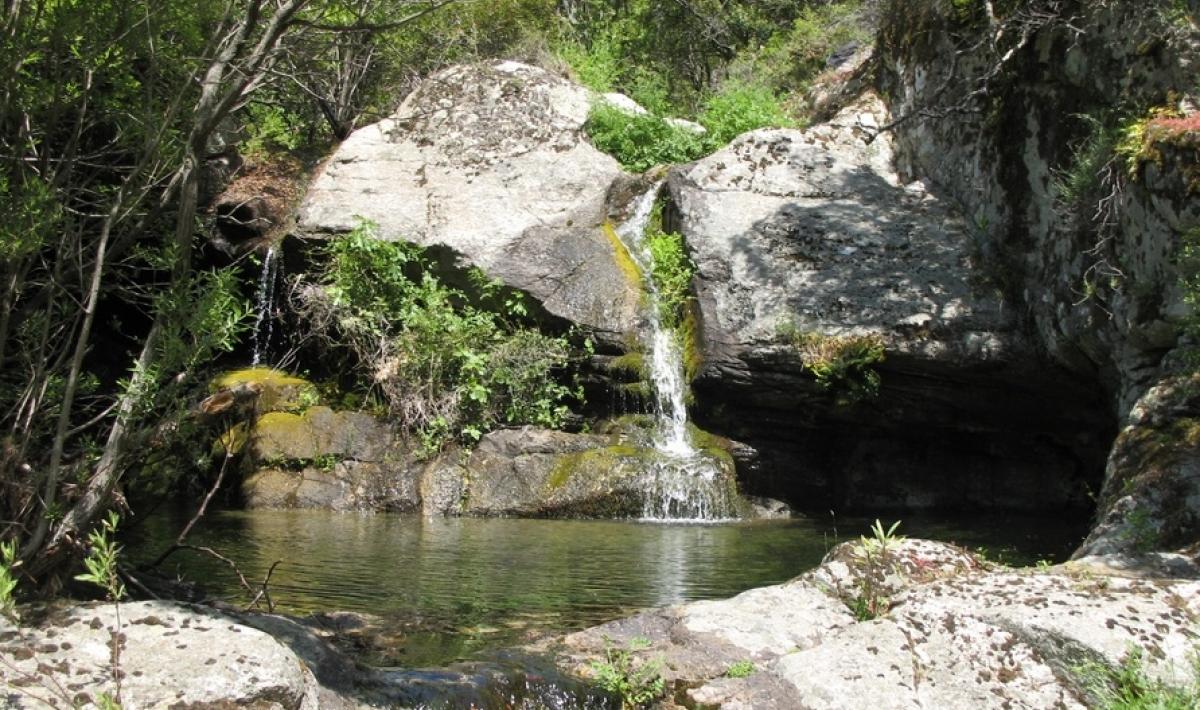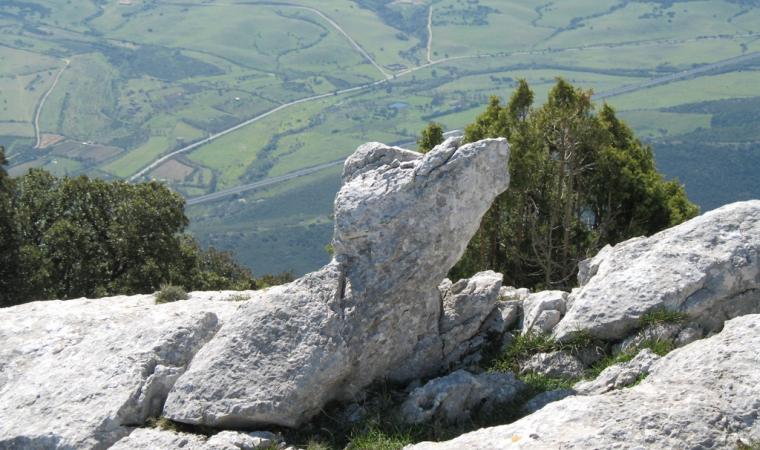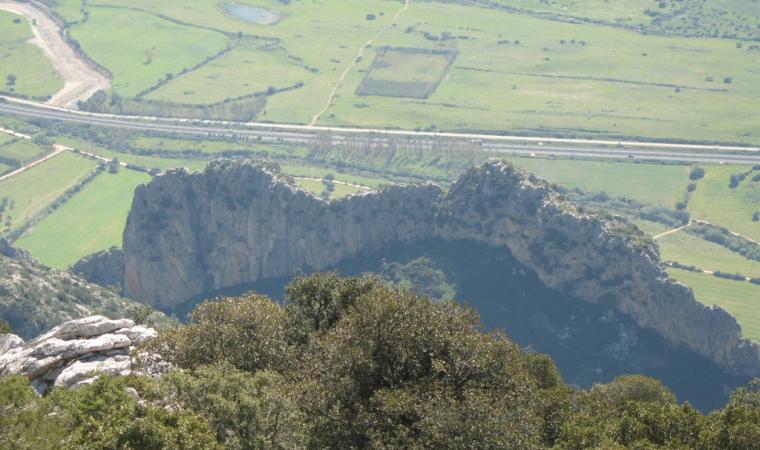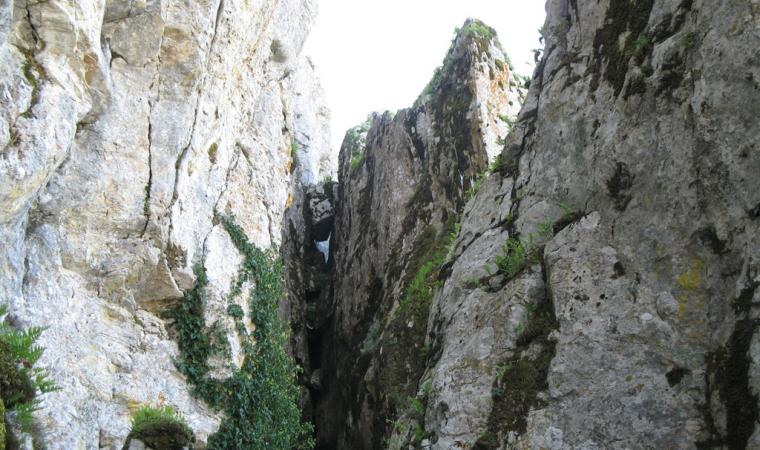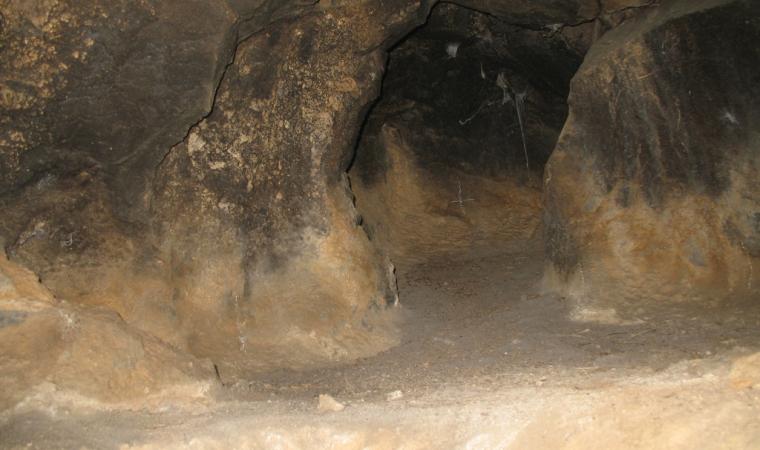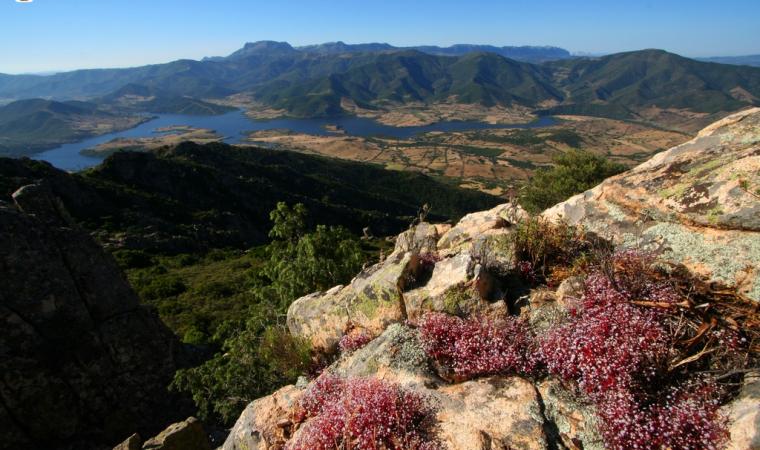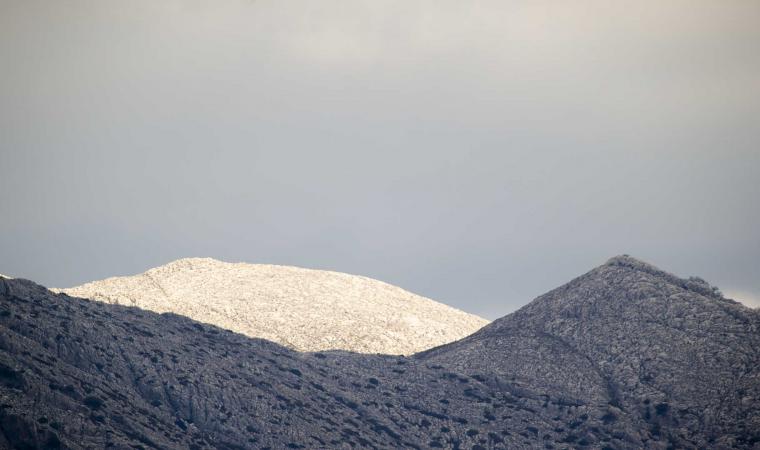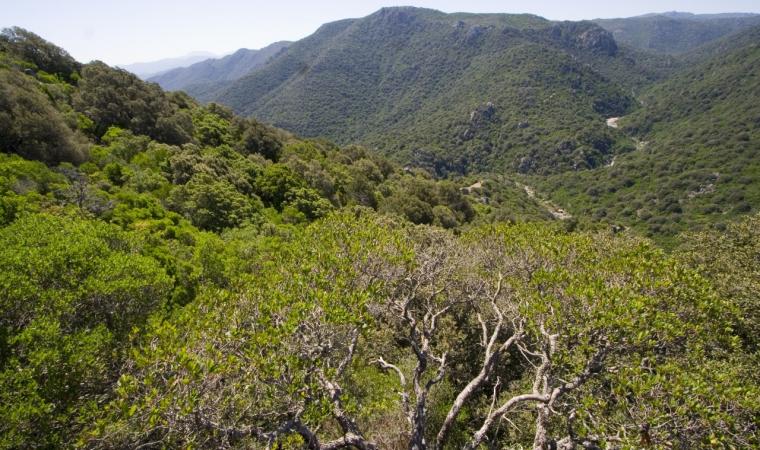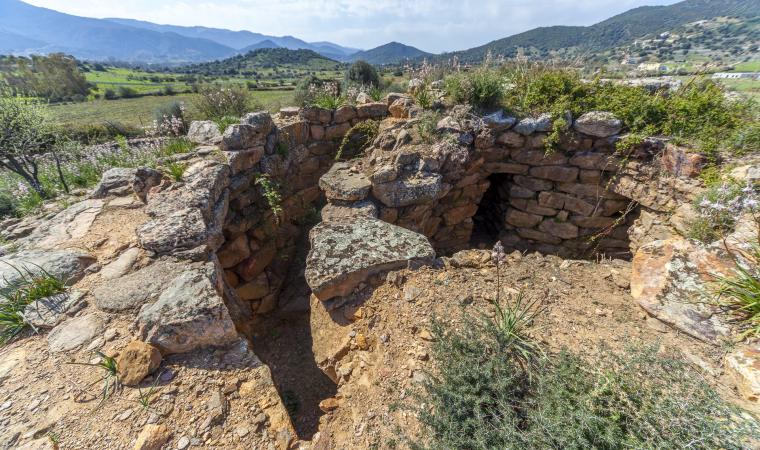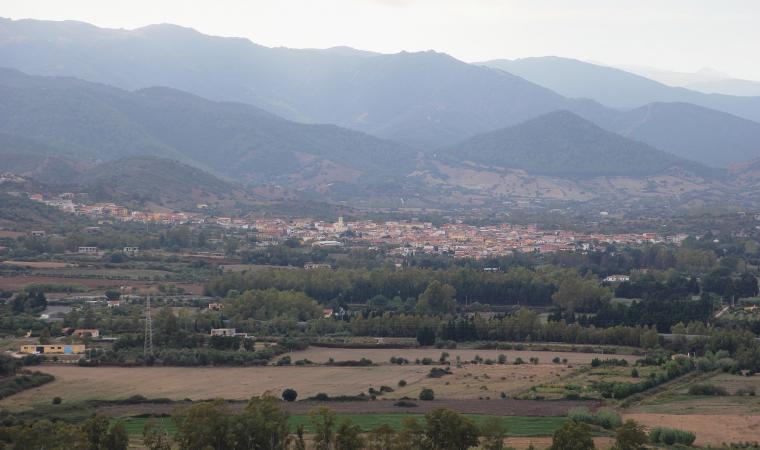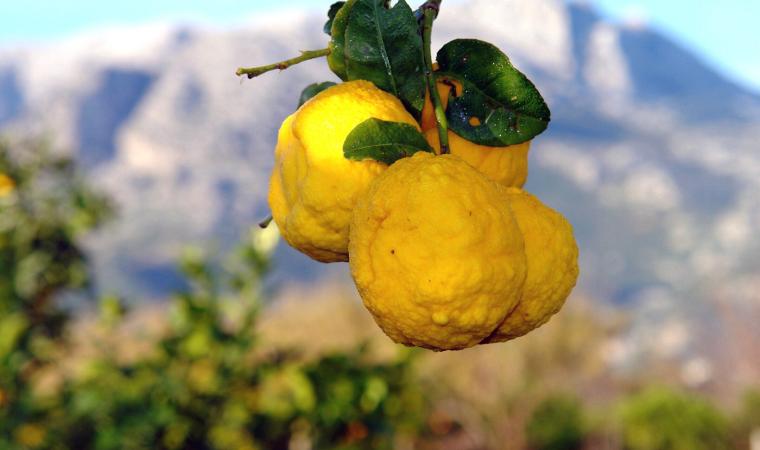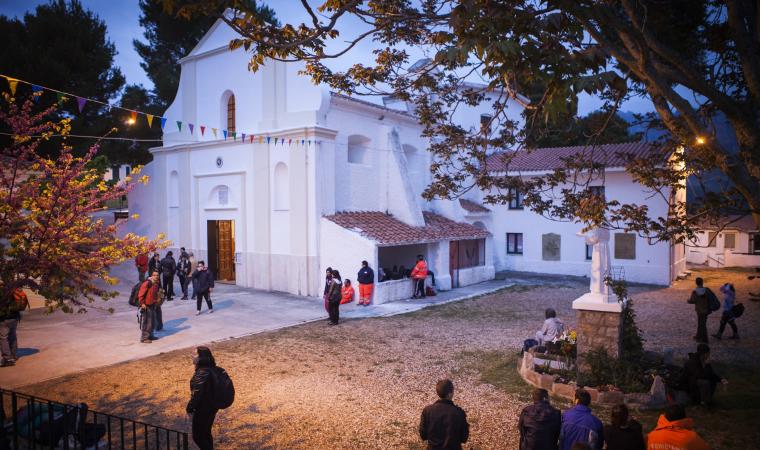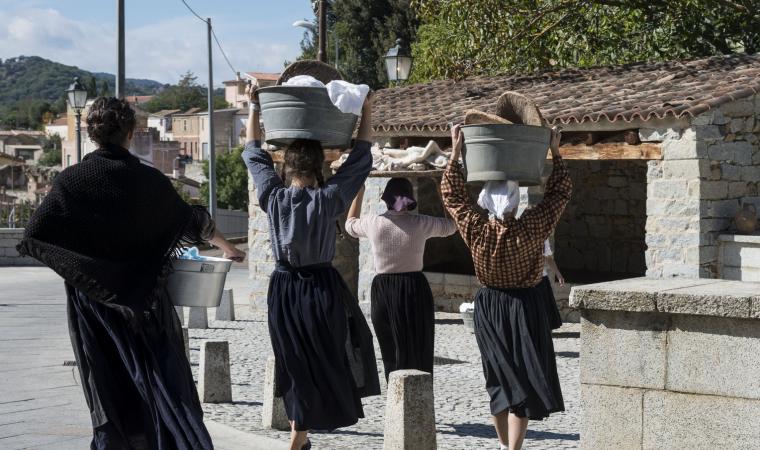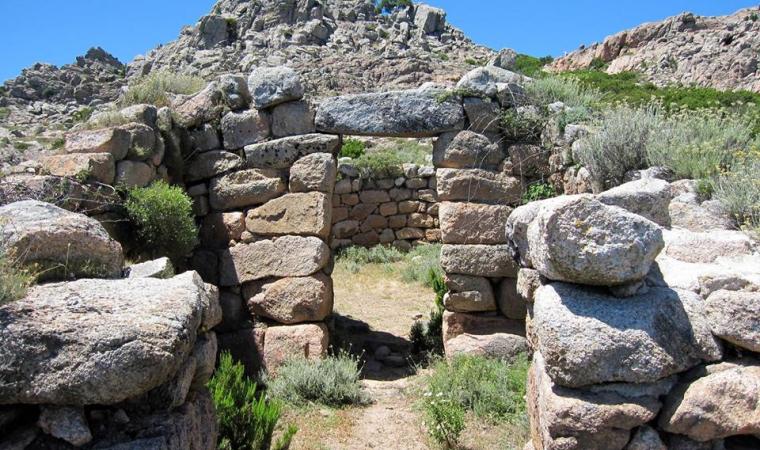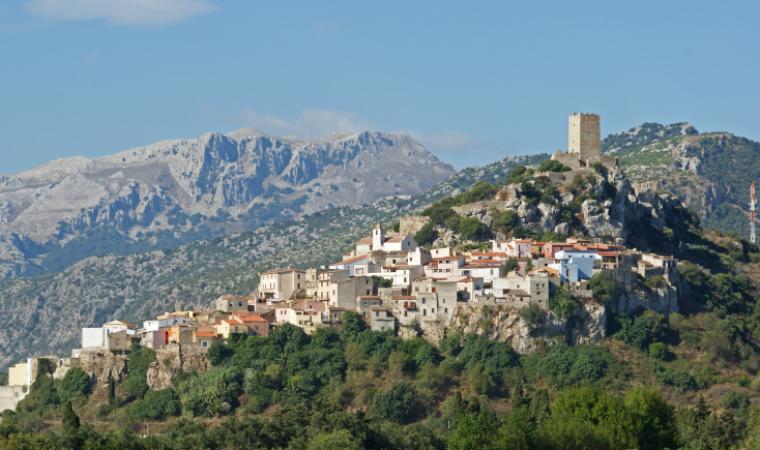In the Middle Ages, the southernmost border of the Gallura Giudicato, which is now the border between the provinces of Nuoro and Sassari, this town spreads out at the food of Mount Calvario, surrounded by the Mount Albo chain and the granite forms of nearby villages. Lodè is a mountain town in Alta Baronia with 1700 inhabitants; it is part of the Borghi Autentici d'Italia circuit, and its fertile land is watered by springs and the riu Mannu, which forms the sos Golleos waterfall. The agricultural and pastoral town has stone houses with wooden balconies, "interrupted" streets, narrow alleyways and arches, laid out around medieval churches: the parish church of Sant'Antonio Abate who is celebrated with bonfires in mi-January, the churches of su Rimediu and the Vergine d'Itria. The rural church of San Giovanni Battista is particularly characteristic, with celebrations held in late June with a palio horse race in honour of the saint. The carnival is very popular, with traditional local masks (sas mascheras nettas and su Maimone) and evocative Holy Week rites. During the celebrations you can taste the local gourmet specialities.

